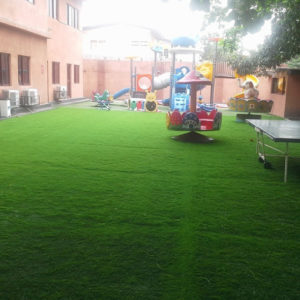Why Wicker and Rattan Furniture
In the world of furniture, there are two categories: rattan furniture… and everything else. That’s a bold statement, for certain, but let’s be honest: rattan furniture is among the most unique furniture you’ll ever be able to find. Furniture that utilizes wicker weaving can be made into sofas, chairs, T.V. stands, cabinets, coffee tables, dining tables, dining sets, mirrors, beds, desks, etc.
And yet, so few people seem to understand exactly what wicker furniture is all about. If you ask them about a wicker chair, they might not even know that it’s actually made out of a sturdy and exotic material known as ‘Rattan’.
So why is wicker furniture so ubiquitous in our culture – supplying us with a whole range of furniture – and yet so many of us seem to know so little about it? The answer is simple: people love the natural, crafted look of wicker furniture. But most of us don’t take the time to consider exactly what it is: where it comes from, how it’s made and – perhaps most importantly – how to take care of it.
To many people, simply buying furniture with a wicker “look” is enough. If you want to understand what wicker and Rattan furniture is – and why it might be the right selection for your next furniture purchase. You’ll find those insights all across this site as we examine the history of wicker furniture, the craftsmanship of wicker furniture, and what it takes to maintain your wicker/rattan furniture for the long haul.
Defining “Wicker” and “Rattan”
We won’t progress any further until we make clear the definitions of “Wicker” and “Rattan.”
Wicker is not a material, but a weaving process. Put simply, wicker is when woven fiber is formed into something rigid – furniture being the most obvious example.
Rattan is the material from which wicker furniture is often weaved. Botanically speaking, Rattan refers to hundreds of species of palms that come from the eastern hemisphere including Australia, Indonesia, and Asia. Rattan’s pliability and strength make it ideal for building unique shapes, hence its widespread use in furniture.
For the uninitiated, a “wicker” chair is a chair made out of wicker; to some extend this is true because the chair might have been largely formed from a wicker weave. But they mean to say that a “wicker” chair is a rattan chair, just as you would say a “wooden chair” or “oak” chair. Rattan describes the material and Wicker describes the process.
The Short History of Wicker and Rattan Furniture
Many people in the United States associate wicker furniture with the years since the Victorian Age. In many cases, the shape of wicker furniture certainly seems to evoke a certain Victorian sensibility – an emphasis on grace and even an elegant style. However, the truth about wicker and rattan history is much deeper. The history goes so far back that it just may surprise you.
Because wicker is a weaving process, it may be said that the first human beings to build shelter using a palm-weaving process were actually the first wicker furniture makers. Weaving as a process for survival – building shelters, constructing clothing, etc. – is as ancient to human beings as is agriculture itself. So it may come as no surprise in this context, to learn that wicker furniture’s history is not only deeply imbedded throughout the years, but imbedded into the history of civilization itself.
From basket weaving in olden times to the modern age of outdoor-friendly furniture, wicker/rattan is a category of construction that has built a strong legacy throughout the world’s history.










